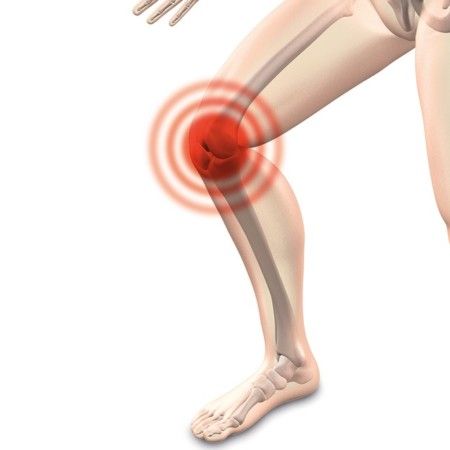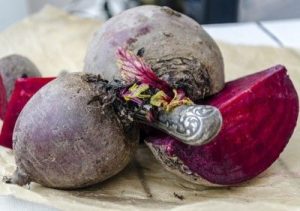Knee pain – causes, prevention, treatment options

Knee pain – what to do?
The knee is exposed to extreme stress. It is used every day for locomotion and often has to endure a lot during sports. Knee injuries and pain are quite common.
Athletes in particular often have to deal with knee problems in the course of their lives. And age also plays a role in relation to knee problems.
Reasons for knee pain can have many different causes. The commonality is that any kind of knee pain is extremely uncomfortable and can greatly limit the freedom of movement.
It is therefore highly advisable to get to the bottom of the reason for the pain and start appropriate treatment as soon as possible.
The approaches of treatment can be very different, depending on the nature of the complaints.
Starting with light gymnastic exercises, taking medication and a change of eating habits, up to a surgical intervention, are manifold.
Cause for knee pain
When knee pain occurs, it is important to differentiate between the types of pain involved.
If they occur suddenly? If the knee hurts at rest or under stress? Is the pain acute or chronic? Occur above the knee, in the knee or in the back of the knee? All of these factors can help determine the actual cause of knee pain. The most common causes are certainly sports injuries and signs of wear and tear.
If you injure your knee during sports, you usually notice it very quickly. Acute pain becomes noticeable when the knee is overstretched, twisted or even breaks on impact. Torn ligaments and meniscus injuries often occur.
Sports in which there are always abrupt stops when running, such as tennis or ball sports, pose a particular risk of knee injuries. But also skiers often have to deal with knee problems.
With age, wear and tear is an increasingly common cause of knee pain. One speaks here in expert circles of Gonarthrose, the Arthrose in the knee joint.
Normally, the cartilage mass in the knee allows the joint to move smoothly. The cartilage mass is increasingly destroyed by wear and tear. During movement, the bones eventually rub against each other, which leads to severe pain.
In addition to sports injuries and signs of wear and tear, knee pain can also be triggered by growth disorders, overexertion, bursitis, infections or diseases such as rheumatism.
Prevention and treatment of knee pain
If the first signs of knee pain appear, you should act as quickly as possible. Specific gymnastic exercises can be used to strengthen the muscles around the knee and prevent injuries from occurring in the first place.
Wearing bandages is also very helpful.
These support the knee and give it the necessary stability. Knee braces are not only recommended as a preventative measure. They are often worn after a knee injury or surgery and allow a speedy return to sport.
In case of acute injuries such as a torn ligament, a meniscus injury or even a fracture, a doctor should be visited in any case. He will initiate the appropriate treatment and decide whether to treat the injury conservatively or surgically.
In the case of chronic knee pain due to osteoarthritis, surgery is very useful under certain conditions. The severity of the pain and the age of the patient are decisive for the decision. If the chronic pain is caused by inflammatory joint diseases such as rheumatism, this will be treated with medication.
A change in lifestyle or weight loss can also be helpful in treating knee pain. Excess weight puts extra strain on the knee, making it more susceptible to knee injuries.
Conclusion
Knee pain is not only painful, it also reduces the quality of life in the long run, as movement is significantly restricted.
Sports injuries, wear and tear, overuse or inflammatory diseases – the knee is exposed to a variety of possible sources of injury.
It is therefore advisable to also protect the knee preventively against knee injuries. In the case of acute injuries, a doctor should always be consulted for advice, and chronic pain must also be clarified and treated.




